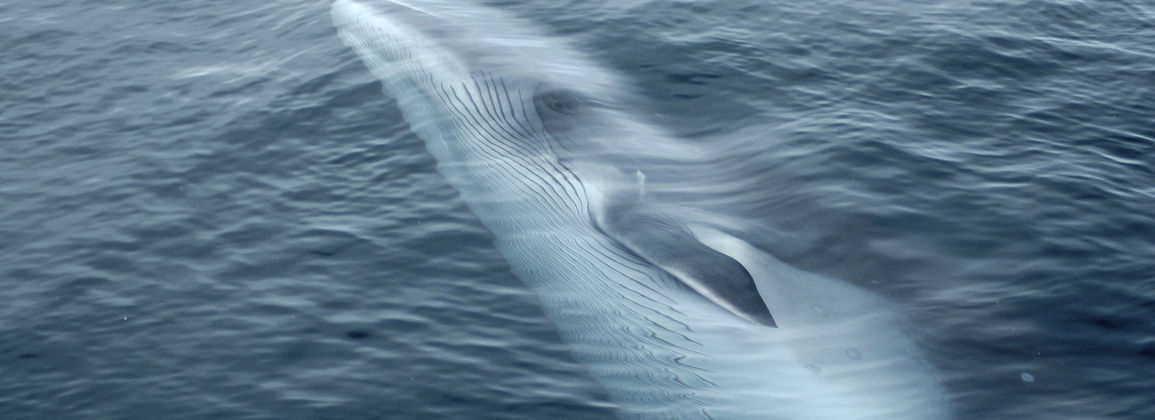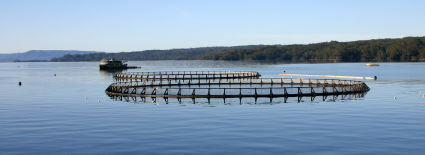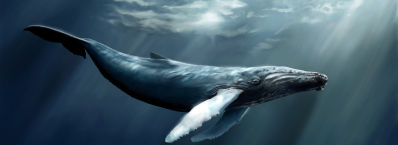The first conference on environmental pollution in Iceland will be held in Reykjavík on Friday 25 February 2011.
The aim of the conference is to present the work and results of the main parties working to assess pollution in Iceland. Emphasis will be placed on all monitoring and research participants contributing to the conference.
The conference is divided into two parts. Before noon, emphasis will be placed on monitoring environmental pollution in Icelandic nature. After the lunch, there will be presentations of research on pollution in the air, uterus, soil, humans and animals. The arrangement of the conference is that in each section, several presentations from submitted abstracts will be selected, with an emphasis on monitoring on the one hand and research on the other. These presentations provide an overview of the state of affairs in Iceland today. There will also be a strong emphasis on posters where researchers are given the opportunity to present their projects. Conference guests will have the opportunity to familiarize themselves with the various monitoring and research projects on these posters and discuss these projects in person with researchers during coffee breaks and poster presentations.
The program can be found here.
The deadline for submitting abstracts was 1 December 2010 environ@matis.is
Registration without promotion is sent to the same email address.
The Planning Committee answers questions
Gunnar Steinn Jónsson Environment Agency, gunnar@ust.is
Hrönn Ólína Jörundsdóttir Matís, hronn.o.jorundsdottir@matis.is
Taru Lehtinen HÍ, tmk2@hi.is
Scientific Committee: Hrund Ólöf Andradóttir UI, Taru Lehtinen UI, Kristín Ólafsdóttir UI, Gunnar Steinn Jónsson UST, Hermann Sveinbjörnsson Ministry of the Environment, Anna Kristín Daníelsdóttir Matís, Helga Gunnlaugsdóttir Matís, Hrönn Jörundsdóttir Matís.










